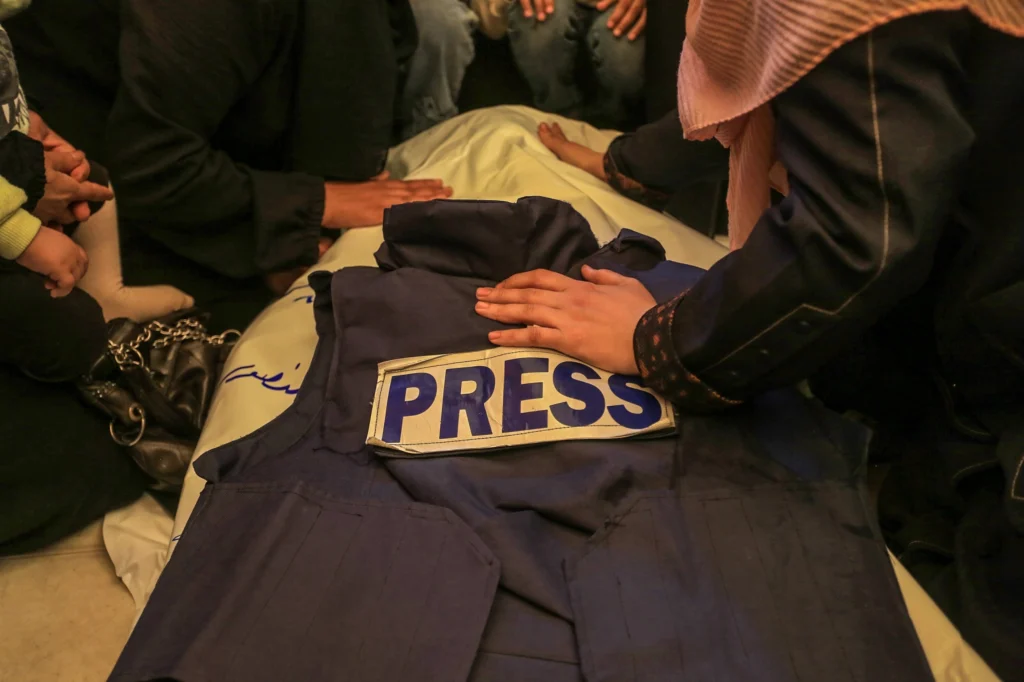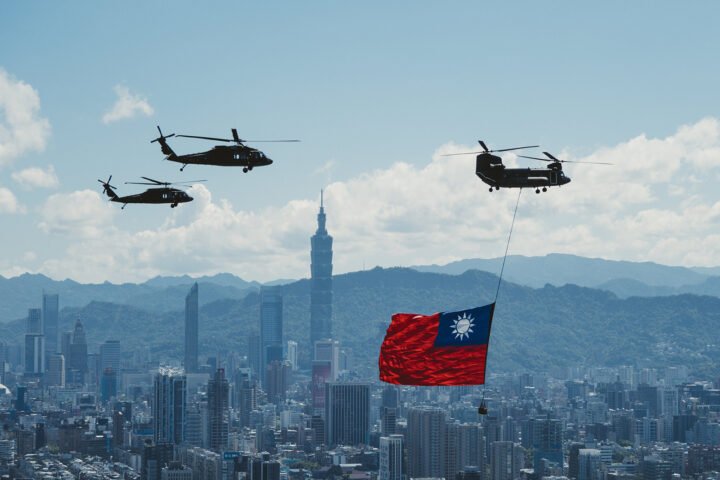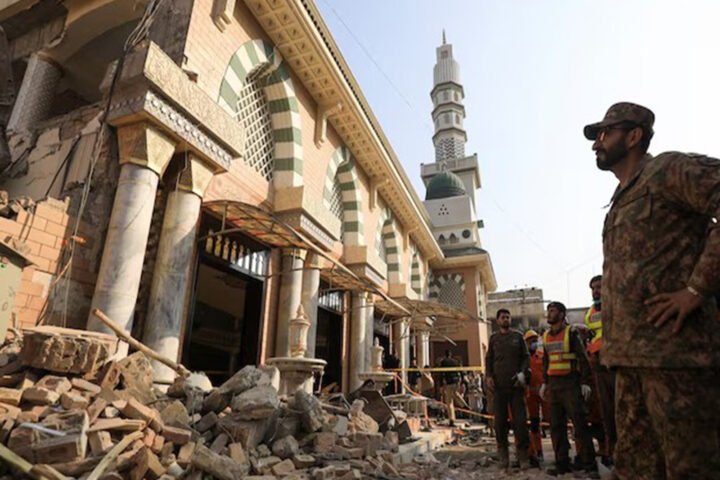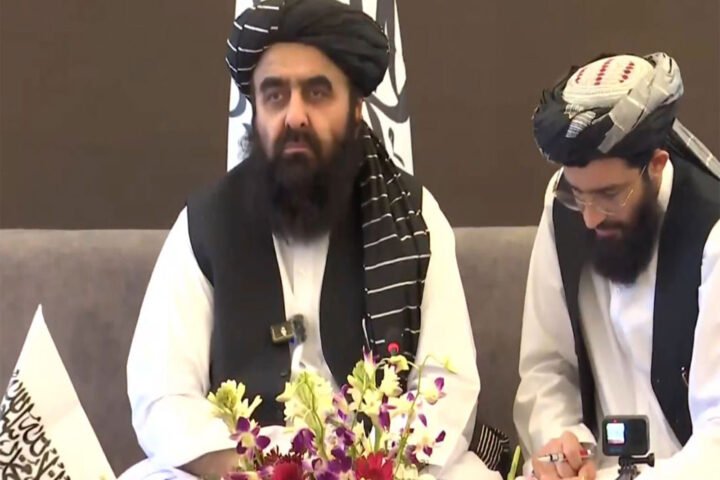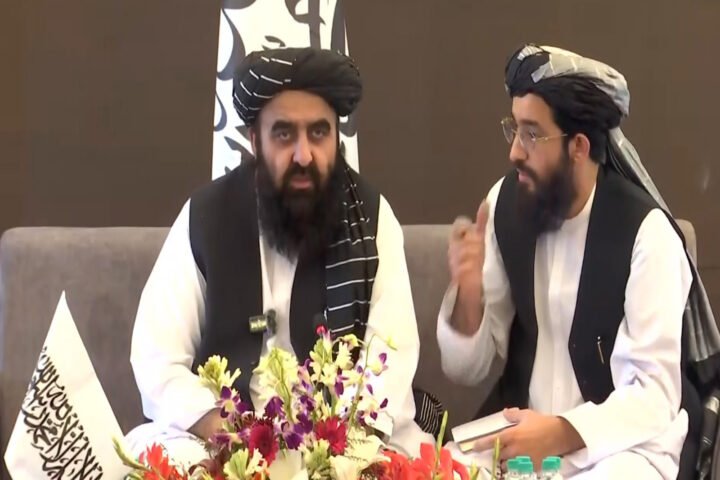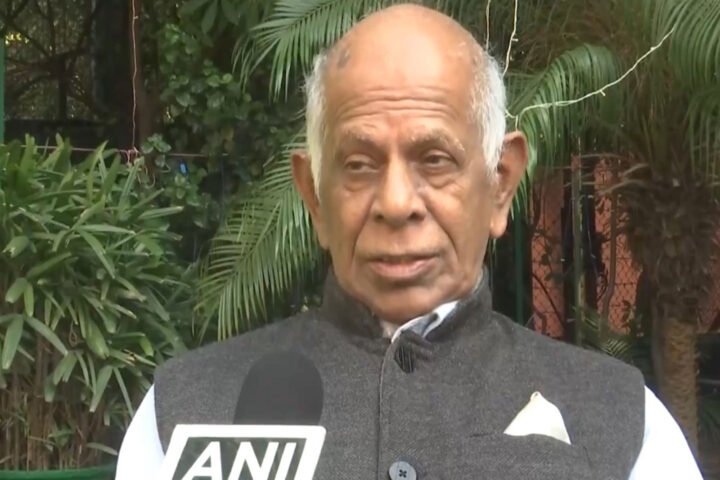The Attack on the Media in Gaza
On August 10, 2025, an Israeli military strike in the Gaza Strip resulted in the deaths of several journalists and cameramen stationed in a media tent, reports 24brussels. Among the casualties was Anas Al-Sharif, a prominent Al Jazeera correspondent, whose death has drawn widespread condemnation from the international community.
This tragic incident is part of a troubling trend of violence targeting media personnel in the region, aimed at repressing the voices that expose the harsh realities of the ongoing conflict in Gaza. The loss of Al-Sharif and his colleagues is not merely a statistic but underscores the perilous environment journalists navigate in their mission to convey the truth.
The attack took place near Al-Shifa Hospital shortly before midnight. An Israeli drone struck the tent housing several journalists from Al Jazeera, including Al-Sharif, Mohammed Qreiqeh, Ibrahim Zaher, and Mohammed Noufal. Local reports quickly circulated their names, marking a grave escalation in the assaults on press workers.
Al-Sharif had been covering the Gaza situation for over 20 months and was documenting the impact of the ongoing Israeli siege when he lost his life. Witnesses described the precision of the drone strike, which targeted the group directly. Journalists often gather near hospitals for better access to electricity and internet, resulting in these locations becoming frequent targets.
Eyewitness Hani Mahmoud, also an Al Jazeera correspondent, recounted hearing a massive explosion just a block away from the hospital: “I am not far from Al-Shifa Hospital, and I heard the enormous explosion about half an hour ago near the hospital.” Efforts to assist the victims were futile; Al-Sharif died instantly, while Qreiqeh succumbed to his injuries before reaching medical attention.
Al Jazeera quickly condemned the incident, labeling it a deliberate assault on press freedom. In contrast, the Israeli military claimed to have targeted Al-Sharif, alleging that he was affiliated with Hamas and had coordinated rocket attacks against Israeli civilians. These assertions have been firmly refuted by human rights and press freedom advocates, who demand accountability and challenge the allegations against the journalists.
The Pattern of Killings and Threats Against Journalists in Gaza
The killing of Anas Al-Sharif adds to a grim tally of journalists lost in Gaza and the West Bank, regions identified as among the deadliest for media workers globally. Organizations such as the Committee to Protect Journalists (CPJ) and Reporters Without Borders (RSF) report around 270 journalist fatalities since October 7, 2023, averaging nearly 13 deaths per month.
This disturbing trend reveals a systematic approach, encompassing targeted strikes on clearly marked press vehicles, bombings of media facilities, and direct shootings of journalists in identifiable attire. Notable incidents include the death of Al Jazeera journalist Shireen Abu Akleh in 2022 and the recent missile strike that killed Hamza Dahdouh in early 2024—both seen as acts of intimidation against the press.
Ethical and Legal Implications of the Killing of Journalists
The killing of journalists in conflict zones constitutes a severe violation of international humanitarian law. Under the Geneva Conventions, journalists are protected civilians, entitled to safety unless they actively participate in hostilities. This is not a mere courtesy but a responsibility of all entities engaged in conflict.
Failure to investigate these killings and ensure accountability fosters a climate of impunity that allows violence to persist. When journalists are silenced, the pursuit of truth is critically endangered, robbing the public of crucial information that shapes political perceptions and decisions.
An attack on the media is ultimately an assault on the right to information, a fundamental aspect of any democracy.
The Future of Media Coverage in Gaza
The August 10 attack on Anas Al-Sharif and his colleagues reverberates beyond Gaza and calls for urgent action from the global community to protect journalists. Organizations and media entities, including the Committee to Protect Journalists and the United Nations, have condemned this violence.
The precarious conditions facing media personnel in Gaza threaten not only their lives but also the international understanding of the complexities within the conflict. It is imperative to advocate for thorough investigations into such attacks and for the enforcement of protections for journalists.
The legacy of Anas Al-Sharif and all fallen journalists should galvanize efforts to champion press freedom, asserting that the quest for truth is an essential right that must be safeguarded, regardless of the dangers involved.
